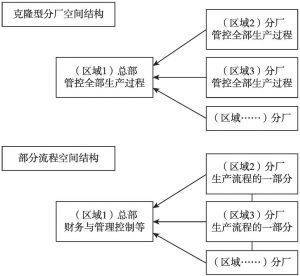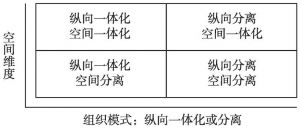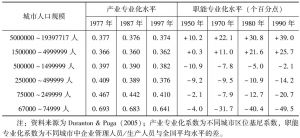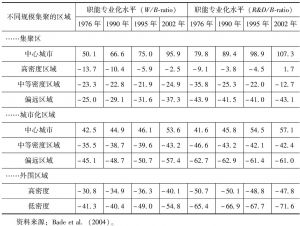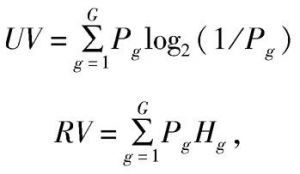章节
空间分工理论框架
检索正文关键字
章节目录
-
一 空间分工的形式及微观基础
- (一)空间分工的形式:国际经验
- 1.英国的经验
- 2.美国的经验
- 3.德国的经验
- (二)产业分工及其微观基础
- 1.产业分工视角企业区位选择的影响因素
- 2.企业区位选择、同类企业集聚与产业专业化
- 3.产业分工的元结构
- (三)职能分工及其微观基础
- 1.多区位企业的产生
- 2.多区位企业职能部门的区位选择
- 3.企业职能部门集聚与职能专业化
- 4.职能分工的元结构
- (四)空间分工的度量
- 1.产业分工的度量
- 2.职能分工的度量
- (一)空间分工的形式:国际经验
-
二 空间分工的经济性
- (一)分工经济
- 1.产业分工、职能分工与分工经济
- 2.职能分工经济的特殊性:企业空间组织对地方经济的影响
- (二)集聚经济的结构效应
- 1.专业化的经济性
- 2.多样化的经济性
- (三)空间分工的非经济性
- (四)包含结构效应的地区生产函数
- (一)分工经济
-
三 空间分工的形成与演进机理
- (一)制度、技术与空间分工演进的逻辑框架
- (二)技术进步与空间分工演进
- 1.技术进步与经济活动分散与集聚
- 2.交通与空间分工
- 3.信息技术与空间分工
- (三)制度与空间分工演进
- 1.地方保护主义对分工的影响
- 2.多区位企业组织模式演进与职能分工深化
- 四 小结
查看更多>>>





